
Polygon (MATIC) Price Prediction 2025, 2030 - Forecast Analysis
%20Price%20Prediction%20.webp)
Polygon (MATIC) has gained significant attention in the cryptocurrency market due to its innovative approach to solving the scalability issues faced by the Ethereum network.
As the second-largest cryptocurrency by market capitalization, Ethereum's popularity has led to rising gas fees and congestion on its blockchain.
Polygon aims to address these challenges by providing a layer-2 scaling solution that offers lower gas fees, higher throughput, and interoperability with various blockchains. But what is the future of Polygon, and as an investor, what you should know?
In this article, we will explore the Polygon (MATIC) price prediction for 2025 and 2030, exploring the factors that may influence its future growth and evaluating whether Polygon (MATIC) is a good investment.
Historical Data of Polygon (MATIC)
Before delving into the future predictions for Polygon, let's look at its historical performance. Since its launch in April 2019, the price of MATIC has experienced significant fluctuations.

It started trading at around $0.00263 and reached an all-time high of $2.92 in December 2021. However, the market crash in 2022 led to a sharp decline in price, with MATIC dropping to a low of $0.3228.
In 2023, MATIC showed signs of recovery, reaching a high of $1.56 in January and maintaining a relatively stable price range.
As of the first week of November 2023, MATIC was trading around $0.76. These historical price movements provide valuable context for analyzing future price predictions.
Polygon (MATIC) Current Fundamentals
Polygon, formerly Matic Network, was founded in 2017 by former Ethereum employees. It aims to create a full-fledged multi-chain system that addresses the scalability and congestion issues faced by Ethereum.
By utilizing layer-2 solutions such as Plasma and sidechains, Polygon enhances transaction throughput and reduces gas fees.

The native cryptocurrency of Polygon is MATIC, which serves multiple purposes within the network. It is used for paying transaction fees, participating in the proof-of-stake consensus process, and as a governance token for voting on network upgrades.
As of November 2023, there are approximately 9.2 billion MATIC tokens in circulation out of a total supply of 10 billion.
Polygon (MATIC) Price Prediction: Scenario Analysis
Predicting the future price of any cryptocurrency is a challenging task due to the volatility and unpredictability of the market.
However, by analyzing various factors such as historical performance, market trends, and expert opinions, we can gain insights into potential price scenarios for Polygon (MATIC).
To provide a comprehensive analysis, consider different scenarios for Polygon's future price based on historical trends and market conditions.
Polygon (MATIC) Price Prediction: Bullish Scenario
In a bullish scenario where Polygon continues to gain traction and adoption, MATIC could experience significant price growth.
If the crypto market cap hits $3 Trillion, and if MATIC retains its current 0.5% dominance, its price could ascend to $1.63
In a more bullish scenario of the crypto market surging to $10 Trillion, MATIC's price could soar to a staggering $5.44, resulting in a potential 7x return for investors.

Polygon (MATIC) Price Prediction: Bearish Scenario
In a bearish scenario, where market conditions are unfavorable or there is increased competition, the price of MATIC may face downward pressure with decreased dominance of 0.25%.
In this scenario, MATIC could trade around $0.81 in the short term and struggle to surpass $2.72 by 2030 even if the total crypto market cap surpasses the $10 Trillion mark.
It is essential to note that these scenarios are speculative and should not be considered financial advice. The cryptocurrency market is highly volatile, and prices can fluctuate rapidly.
Polygon (MATIC) Price Prediction - Industry Expert Opinion
Coincodex.com platform predicts MATIC could reach $ 1.79 to $ 4.24 by 2030, and experts from Changelly predict it could reach minimum and maximum prices of $10.28 and $12.56 by the end of 2030.
Other industry analysts have varying opinions on the future price of Polygon (MATIC). DigitalCoinPrice predicts that MATIC could reach $2.43 in 2023 and $3.91 in 2025.
Their long-term projection for 2030 is $11.45. This optimistic outlook is based on the belief that Polygon's scalability solutions and growing adoption will drive its value.
Note - Start Your Free Trial Today and Uncover Your Token's Price Prediction and Forecast on Token Metrics.
Is Polygon a Good Investment?
The decision to invest in Polygon (MATIC) should be based on thorough research and an understanding of the risks and rewards associated with cryptocurrency investments.
Polygon's innovative solutions and growing ecosystem make it an attractive investment opportunity for those who believe in its long-term potential.
However, it is crucial to consider the risks inherent in the cryptocurrency market, such as price volatility, regulatory uncertainties, and technological challenges.
Diversification and careful portfolio management are key strategies to mitigate risks and maximize potential returns.
Also Read - XRP Price Prediction
Polygon Current Developments and Future Potential
Polygon continues to make significant advancements in its technology and partnerships. The introduction of zkEVM, an Ethereum Virtual Machine-compatible program, enhances Polygon's compatibility with existing Ethereum-based applications and tools.
This interoperability strengthens Polygon's position as a leading layer-2 scaling solution.
Additionally, Polygon's collaboration with industry giants like Robinhood and Meta (formerly Facebook) demonstrates its growing adoption and recognition in the mainstream market.
These partnerships open up new opportunities for Polygon's ecosystem and increase its visibility and usage.
Conclusion
Polygon (MATIC) has emerged as a promising layer-2 scaling solution in the cryptocurrency market. Its innovative approach to addressing Ethereum's scalability challenges and growing ecosystem make it an attractive investment opportunity.
However, investing in cryptocurrencies comes with inherent risks, and thorough research and careful consideration of market conditions is essential.
As with any investment, it is crucial to diversify your portfolio and consult with a financial advisor before making any investment decisions.
Frequently Asked Questions
Q1. What is the purpose of Polygon (MATIC)?
Polygon aims to provide a layer-2 scaling solution for Ethereum, offering lower gas fees, higher throughput, and interoperability with various blockchains.
Q2. What are the future price predictions for Polygon (MATIC)?
Future price predictions for Polygon vary, with some experts projecting prices as high as $11.45 by 2030. However, it is essential to consider these predictions with caution, as the cryptocurrency market is highly volatile.
Q3. Is Polygon a good investment?
Polygon's innovative solutions and growing ecosystem make it an attractive investment opportunity. However, investors should conduct thorough research and consider the risks associated with cryptocurrency investments.
Q4. How can I invest in Polygon (MATIC)?
To invest in Polygon, you can purchase MATIC tokens on various cryptocurrency exchanges. It is essential to choose a reputable exchange and consider factors such as security, fees, and liquidity.
Q5. What factors should I consider before investing in Polygon (MATIC)?
Before investing in Polygon, consider factors such as market conditions, project fundamentals, team expertise, partnerships, and technological advancements. Conduct thorough research and consult with a financial advisor if needed.
Q6. What are the potential rewards of investing in Polygon (MATIC)?
Investing in Polygon offers the potential for significant returns, especially if the project continues to gain adoption and its ecosystem expands. However, it is crucial to consider the risks and conduct due diligence before making any investment decisions.
Q7. What are the potential risks of investing in Polygon (MATIC)?
Investing in Polygon carries risks, including price volatility, regulatory uncertainties, competition from other projects, and technological challenges. It is essential to assess these risks and invest only what you can afford to lose.
Disclaimer
The information provided on this website does not constitute investment advice, financial advice, trading advice, or any other advice, and you should not treat any of the website's content as such.
Token Metrics does not recommend that any cryptocurrency should be bought, sold, or held by you. Conduct your due diligence and consult your financial advisor before making investment decisions.

.svg)

Create Your Free Token Metrics Account

.png)




%201.svg)
%201.svg)


%201.svg)





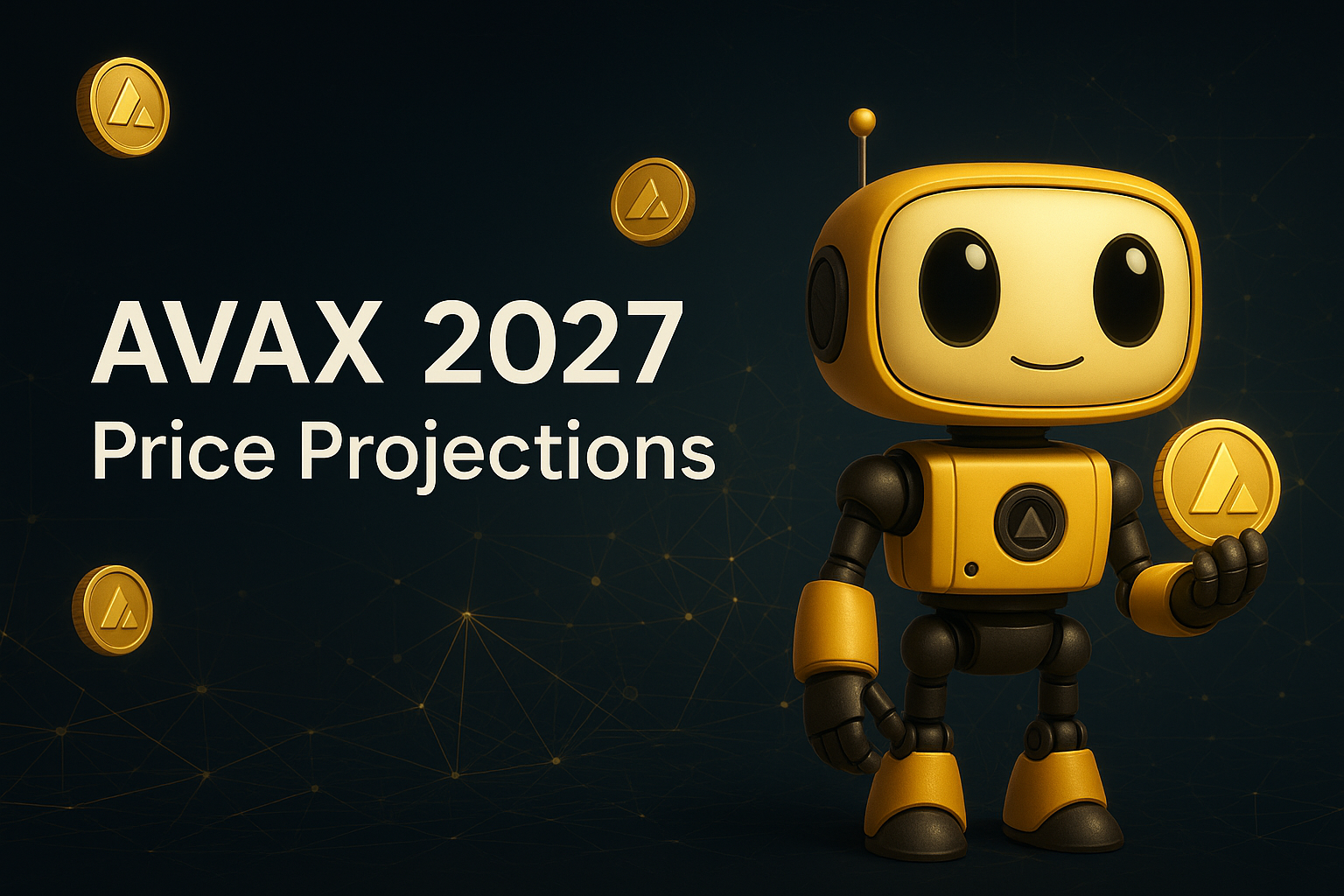

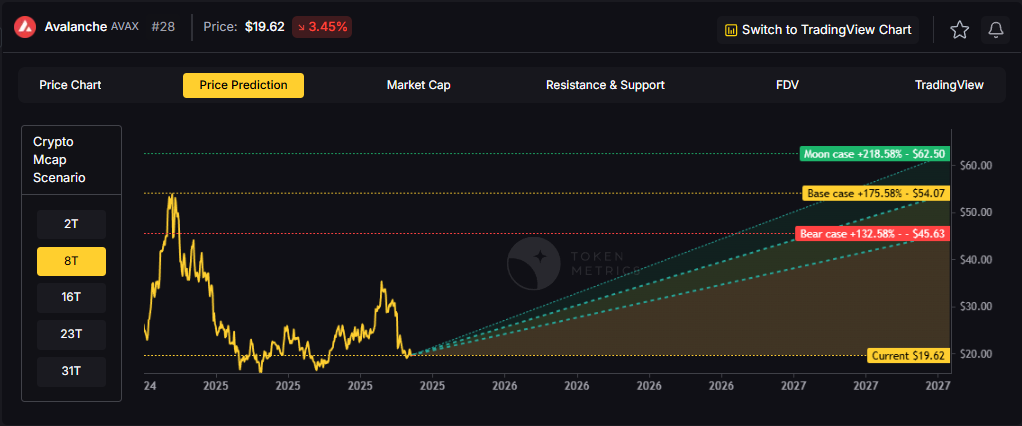
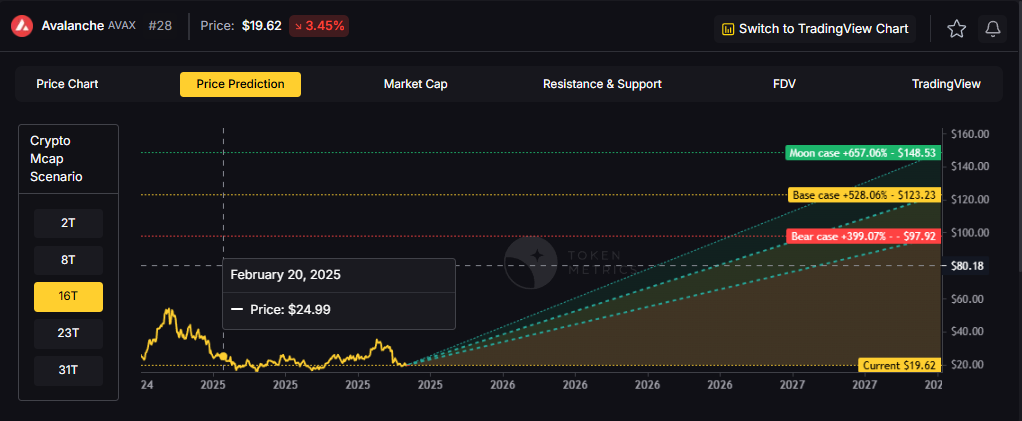

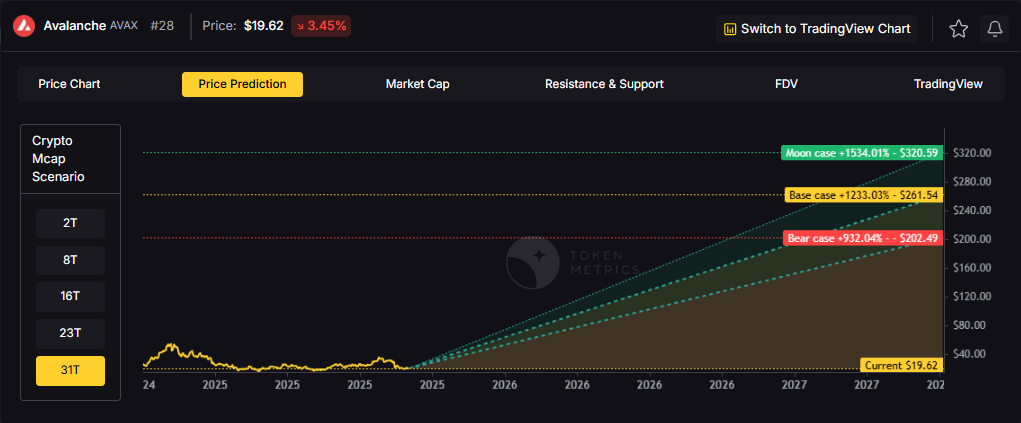


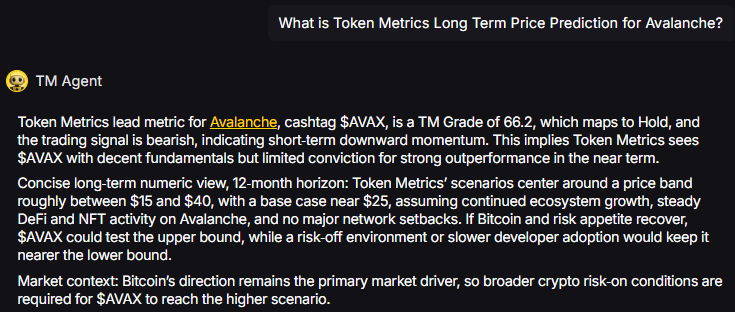



.svg)




.png)